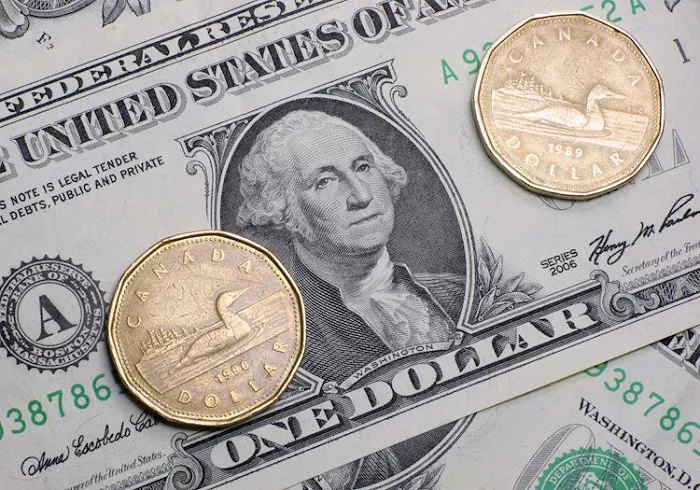The U.S. dollar hovered near two-month lows on Tuesday, as traders evaluated ongoing tariff concerns and the prospect of future U.S. rate cuts, while the Australian dollar remained close to its highest point in two months despite expectations of an imminent rate reduction.
The Japanese yen retained its recent gains, supported by strong economic data that raised expectations of the Bank of Japan raising interest rates again this year, with July seen as a potential meeting for further action.
Investor attention this week is focused on the release of minutes from the Federal Reserve’s January meeting on Wednesday, which is expected to provide insights into how policymakers are weighing the risk of an escalating tariff war following President Trump’s trade policies. U.S. data last week showed a significant increase in consumer prices in January, marking the largest rise in nearly a year and a half. This has reinforced the Fed’s stance that it is not rushing to cut rates amid growing economic uncertainty.
ANZ strategists noted that, with trade policy uncertainty at record highs and a solid labor market, there is no immediate need for the Fed to cut rates. “An extended pause during the first half of this year looks justified,” they said, allowing the Fed time to assess the impact of tariffs on inflation. ANZ now anticipates rate cuts to resume in the second half of 2025, with 75 basis points of easing expected, while markets are pricing in 40 basis points of cuts this year.
In Asia, the yen traded at 151.61 per dollar, holding steady after Japan’s GDP growth data for October to December and strong inflation figures bolstered the currency. The yen has appreciated nearly 4% against the dollar in 2025.
The dollar index, which measures the U.S. currency against a basket of major rivals, edged 0.1% higher to 106.83, but remained close to its two-month low of 106.56 reached on Friday. The euro was steady at $1.04735, while the British pound traded at $1.2608, with traders awaiting peace talks in Saudi Arabia on Tuesday aimed at ending the Ukraine conflict.
The Australian dollar eased by 0.17% to $0.63459, but was still near the two-month high of $0.6374 reached on Monday ahead of the Reserve Bank of Australia’s (RBA) policy decision. Markets are pricing in a 25 basis point rate cut, though Commonwealth Bank of Australia economist Kristina Clifton suggested that if the RBA holds rates steady, the Aussie could rise sharply. “If the statement is non-committal about a cut, AUD could lift by more than 1%,” she said.
Meanwhile, the New Zealand dollar fell 0.3% to $0.57195 ahead of the Reserve Bank of New Zealand’s meeting on Wednesday, where a 50 basis point rate cut is widely expected.
Related topics:
Stock Futures Dip Ahead of Key Data and Tariff Announcements
Stock Market Update: Nasdaq, Dow Decline Amid Tariff Concerns and Mixed Jobs Report
Meta’s Stock Soars as AI Investments and Strong Fundamentals Drive Investor Confidence


